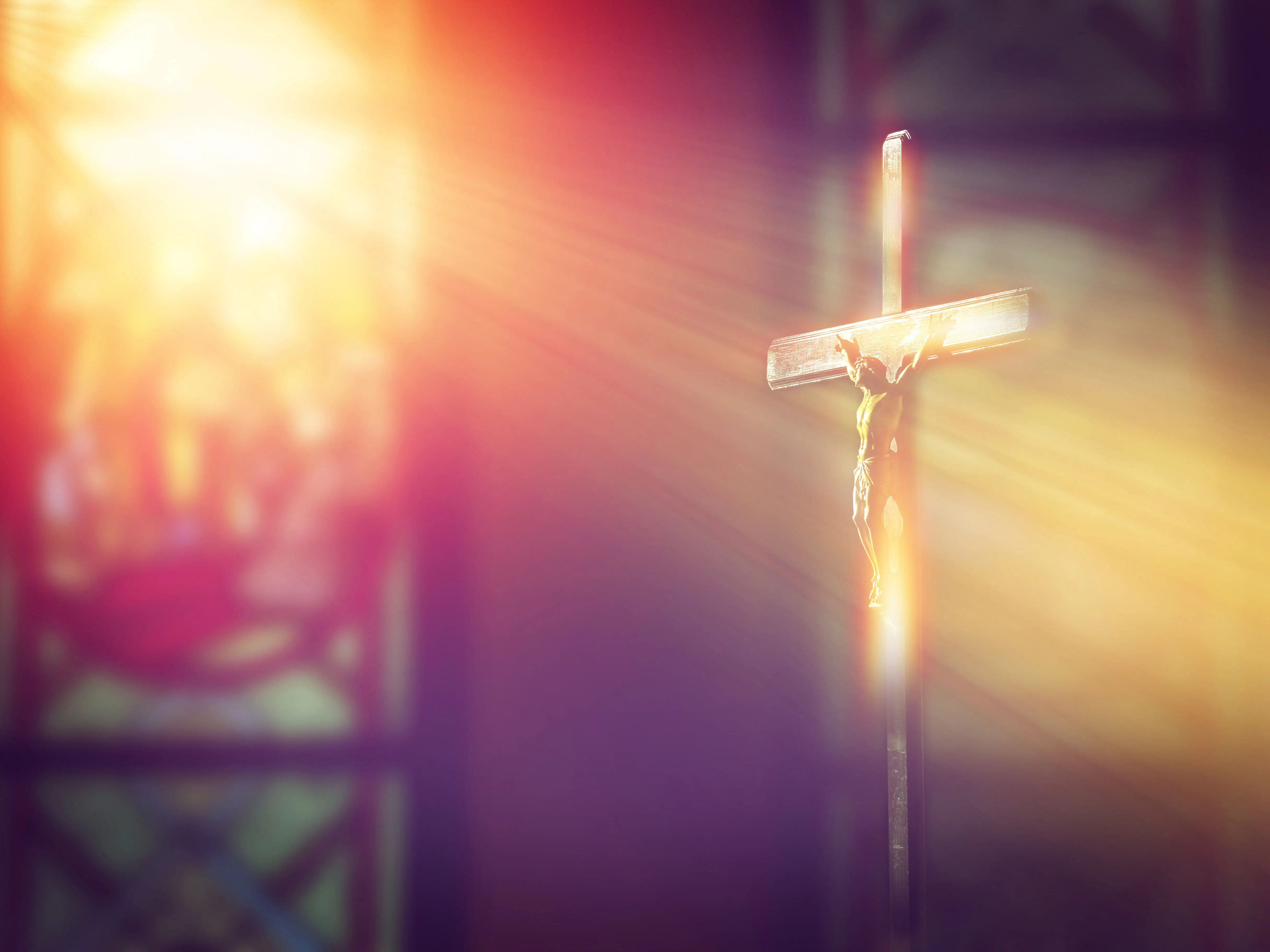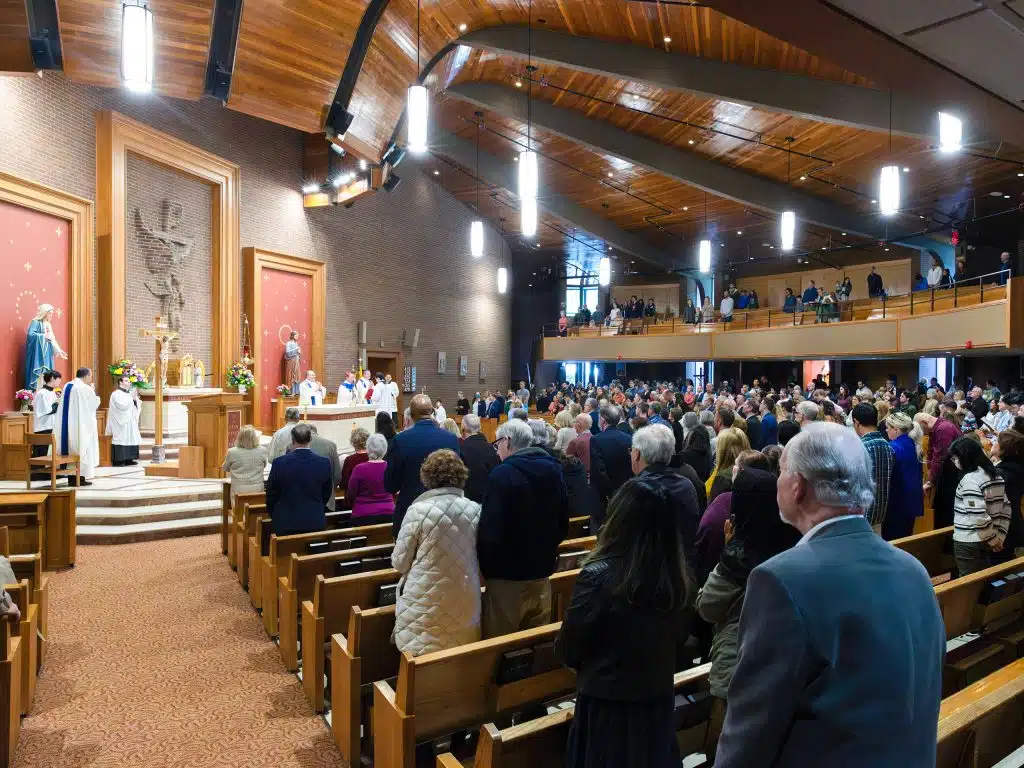“We adore you, O Christ, and we praise you, because by your holy cross you have redeemed the world.”
Catholics pray these words, especially during the Stations of the Cross. The feast of the Exaltation of the Holy Cross Sept. 14 offers us another golden opportunity to ponder this stirring truth: the Son of God redeemed sinful humanity by way of simple wood.
There are all kinds of crosses. Some are made of stone, others of wood, metal or another substance.
A different kind of “cross” is a difficult condition or circumstance that is often unpleasant for the one involved.
The cross of Jesus was a wooden cross under which he labored much as he wended his way along the Via Dolorosa and on which he died for us once he reached Calvary’s hill. That blessed cross represents the outright rejection that the Messiah experienced at the hands of many of the powerful in his day as well as his free and generous surrender to his Father, which resulted in our long-awaited reconciliation with the Trinity.
Jesus conquered Satan and his minions — the fallen angels — with his glorious cross. The Master’s obedience to his Father in the Holy Spirit completely turned the tide against “the prince of darkness,” who had willingly wreaked so much havoc in the universe through his own rebellion against the benevolent Creator.
In 312, Constantine the Great (circa 272-337) was in Trier, Germany, where he had an unexpected vision of a cross that appeared in the sky with the haunting words, “In hoc signum vinces” (“In this sign you conquer”). The emperor was buoyed by the apparition and encouraged his 20,000 troops for the upcoming bloody battle against Emperor Maxentius (circa 278-312) and his 100,000 men. Constantine’s soldiers, the majority of whom were pagans, placed the sacred image of the cross on their shields. The two military forces clashed near the Milvian Bridge over Rome’s Tiber River. Emperor Maxentius died in the Tiber Oct. 28, 312, while his fierce legions were soundly routed.
Emperor Constantine I decreed in the 313 Edict of Milan that the worship of God performed by the Christians was from henceforth tolerated and that Christianity was the official religion of the Roman Empire. Furthermore, the victorious leader did not seek revenge against his enemies but instead treated them with justice.
Constantine, particularly when facing a huge obstacle, placed his trust in Christ and his triumphant cross. The lesson is clear: Jesus won over evil. We embrace his cross when we cheerfully accept the agonies present in our lives, realizing that when humbly yielded to, these “crosses” help to usher us into the reign of God that has no end.
Our Catholic spirituality is based on the imitation of Christ. Our faith assures us that if we bear his cross now, one day we will be rewarded in paradise. St. Paul wrote almost 2,000 years ago: “For if we have been united with him in a death like his, we shall certainly be united to him in a resurrection like his” (Rom 6:5).
Mary, “Virgo fidelis,” the Virgin most faithful, was close to her beloved son, Jesus Christ, on Calvary. She accompanied him to his painful death and participated in his redemption of the human race. It is not by chance that the memorial of Our Lady of Sorrows is celebrated the day immediately after the feast of the Exaltation of the Holy Cross. Thanks to what the obedient Messiah and his humble mother did on Calvary, misguided humanity enjoyed the release from that awful sin that drove a large wedge between itself and God.
Such “Good News” — that Jesus conquered with his cross and we are summoned to do likewise —converted Emperor Constantine I the Great. May the same be said of us.
Msgr. Mangan is on the faculty of Mt. St. Mary’s Seminary in Emmitsburg, Md.



Disconnected spirituality